
The construction of the Polish History Museum at the Warsaw Citadel is coming to an end. The Museum will open its doors to the public as soon as on 28th September.
Set to be one of the largest museum facilities in Poland, its architecture is a philosophical tale about the process of history where the language of the narrative about discovering the traces of the past is a stone. The new headquarters of the establishment was designed by the WXCA Architectural Design Studio.
Work on the architectural design of the Polish History Museum at the Warsaw Citadel began back in 2016. The project was commissioned to Polish architectural design studio WXCA, which in 2009 won the international architecture and urban design competition for the new headquarters of the Polish Army Museum, planned to be located on the 19th century fortress site. Thus, as in other European metropolises, a museum complex concept was brought to life in Warsaw – the Citadel of Museums, conceived to be a community-building public space dedicated to culture, remembrance, as well as everyday recreation and leisure.
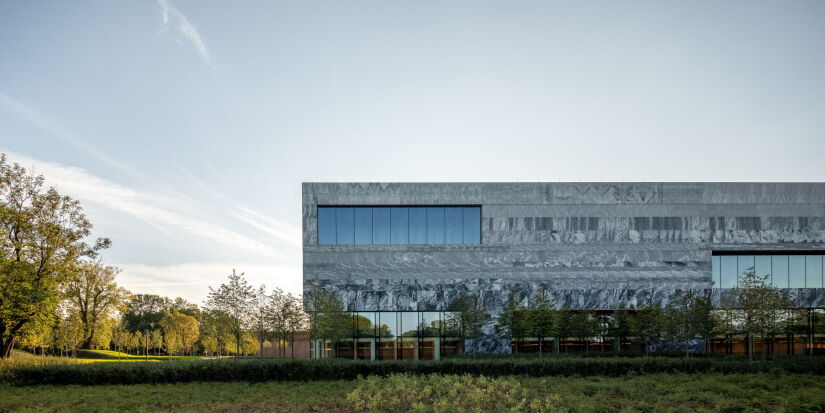
In its design, the WXCA architects referred to the
18th century spatial composition of the site where the Polish Royal
Foot Guard barracks were based. The designers proposed an urban layout composed
of three buildings with the centrally positioned Polish History Museum as well
as two lower, twin buildings of the Polish Army Museum closing the inner
representative square of the Polish Royal Foot Guards from the north and south
sides. A municipal park of over 30 acres is also an integral part of the entire
complex.
“The Warsaw Citadel remained separated off from the
City and closed to its residents for the last 200 years. Thanks to this, a vast
green area and ancient stand of trees have remained on the site of the
historical fortifications. Together with the Polish History Museum and the
Polish Army Museum, we want to open up the Citadel itself so that it can be
brought back to life and become a unique cultural park,” WXCA architect
Szczepan Wroński announced.
The headquarters of both establishments differ in terms of their architectural expression, which emphasises their diverse profiles. Their individuality was also expressed in the form and selection of materials. The architecture of the Polish History Museum was conceived to be a philosophical tale about the process of history where the language of the narrative about discovering the traces of the past is a stone.
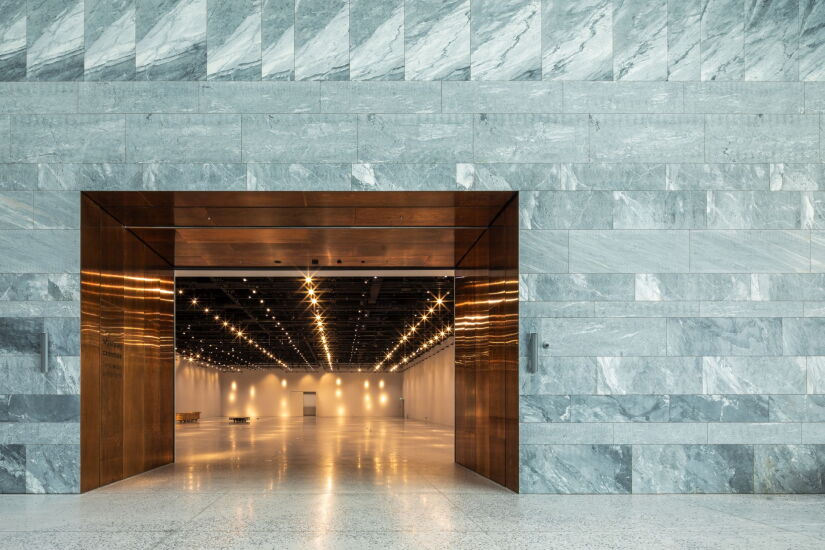
“The shape of the minimalist, monolithic Polish History Museum building may be somewhat reminiscent in form of a block of hewn stone. Its façade was finished in different patterned stone slabs that have been arranged in horizontal bands, emphasising the layered, stratigraphic structure of stone. This is the proper structure of geological matter but also of archaeology – natural, social and cultural successive processes. We decided to use marble because of its distinctive pattern. Each of the marble slabs is different, unique, and—just like history—comprises exceptional, individual events,” Paweł Grodzicki from the WXCA Architectural Design Studio explained.
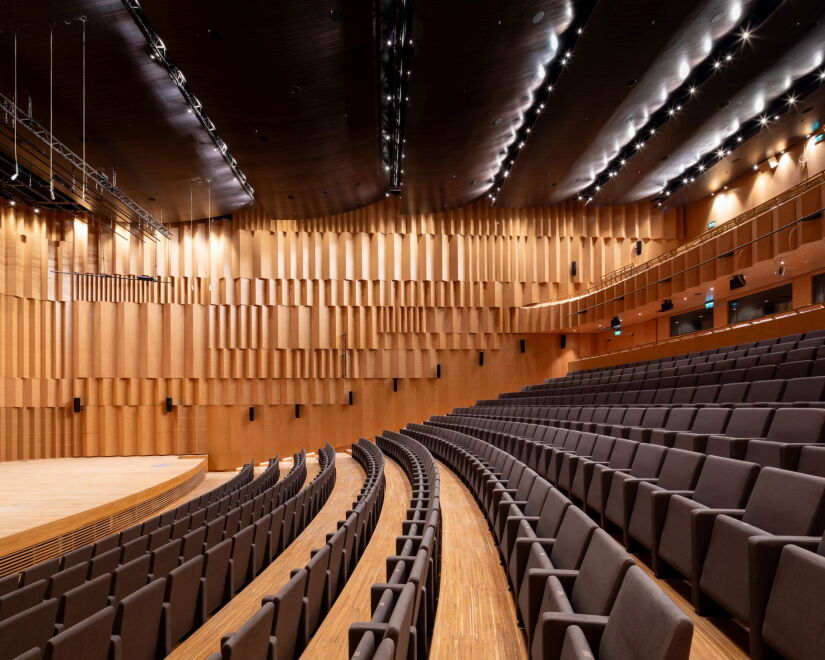
All the slabs were arranged in a carefully
conceived composition, some in the form of repetitions of subsequent slabs of
the block, and others as their mirror image. The architects applied six
different methods of working the stone, which allowed specific sections to
differ in terms of their tonality and texture. The architectonic detail in the
form of ornamentation with quotations from architectural tradition constitutes
a symbolic complement to the whole design. They can be interpreted as artefacts
from different periods in an archaeological cross-section. They are not direct
quotes, however, but spatial graphics subject to geometric transformation,
making references to such patterns as the relief from the Gniezno Doors, the
crystal vault known from the Gothic period (e.g., the Basilica of the
Assumption of the Blessed Virgin Mary in Gdansk), the decorations of St
Sigismund’s Chapel in Krakow, or the motive from the modernist Spodek arena
complex in Katowice.
The Polish History Museum will have a surface area of almost 45,000 square metres and will be ready to receive approximately 500,000 visitors annually. Apart from the expositional space and the facilities for the storage and conservation of artefacts, it will also house various cultural facilities, including a concert hall seating up to 600 guests, a cinema and theatre hall, a library, conference and learning suites, catering points, as well as a viewing platform offering panoramic views of Warsaw.
 Polish History Museum WXCA photo: Daniel Ciesielski
Polish History Museum WXCA photo: Daniel Ciesielski
“Contemporary museums are not just about the exhibits. They are, in fact, a comprehensive agenda of different and complementing but also independent functions. The permanent and temporary exhibition spaces at the Polish History Museum will, in fact, constitute less than one fifth of the entire surface area, the rest comprises public and technical facilities. The whole ground floor of the museum has assumed an open space plan with no simple, linear path of experiencing the interiors. One can visit the museum multiple times and discover something different each time while taking part in various events that will be held there. The plan of the interior was conceived to give the freedom to roam and meander between the various functional blocks, just like in a chiselled-out monolithic block,” said WXCA architect Krzysztof Budzisz.
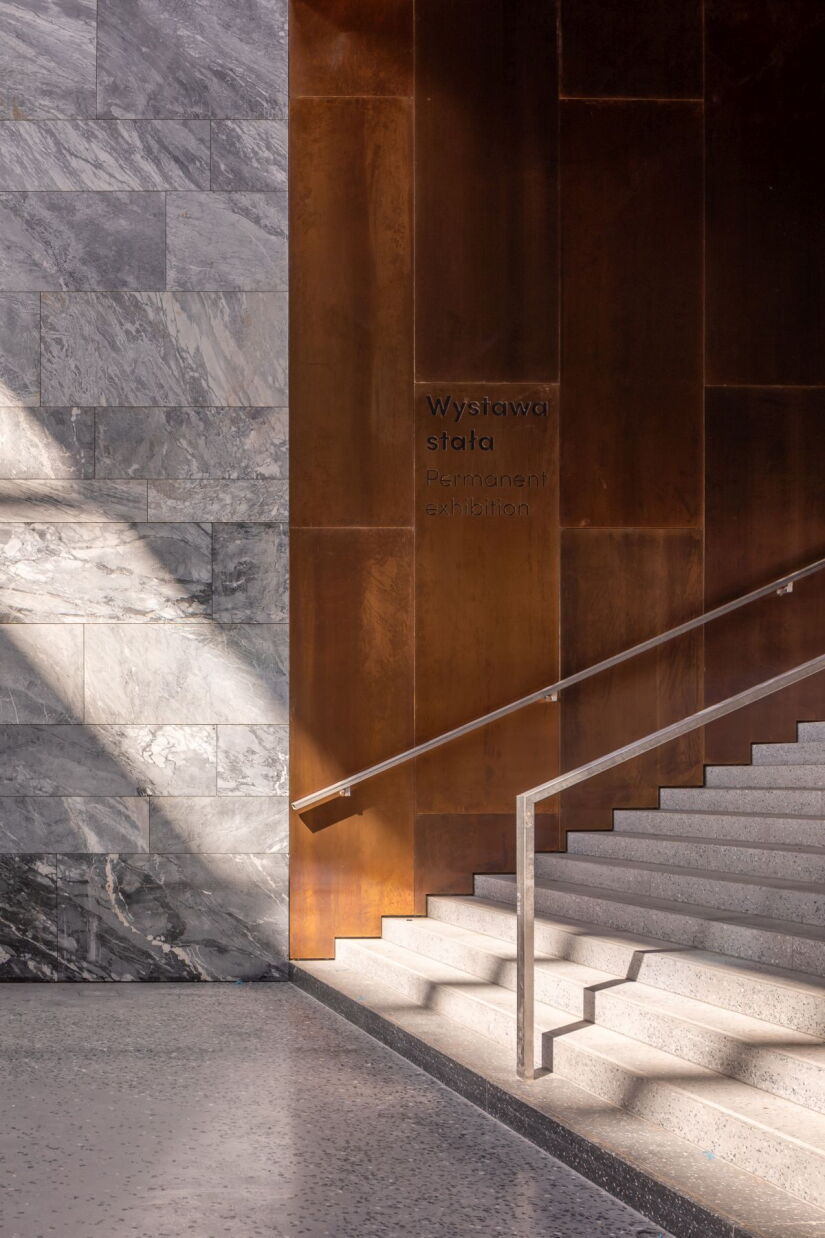
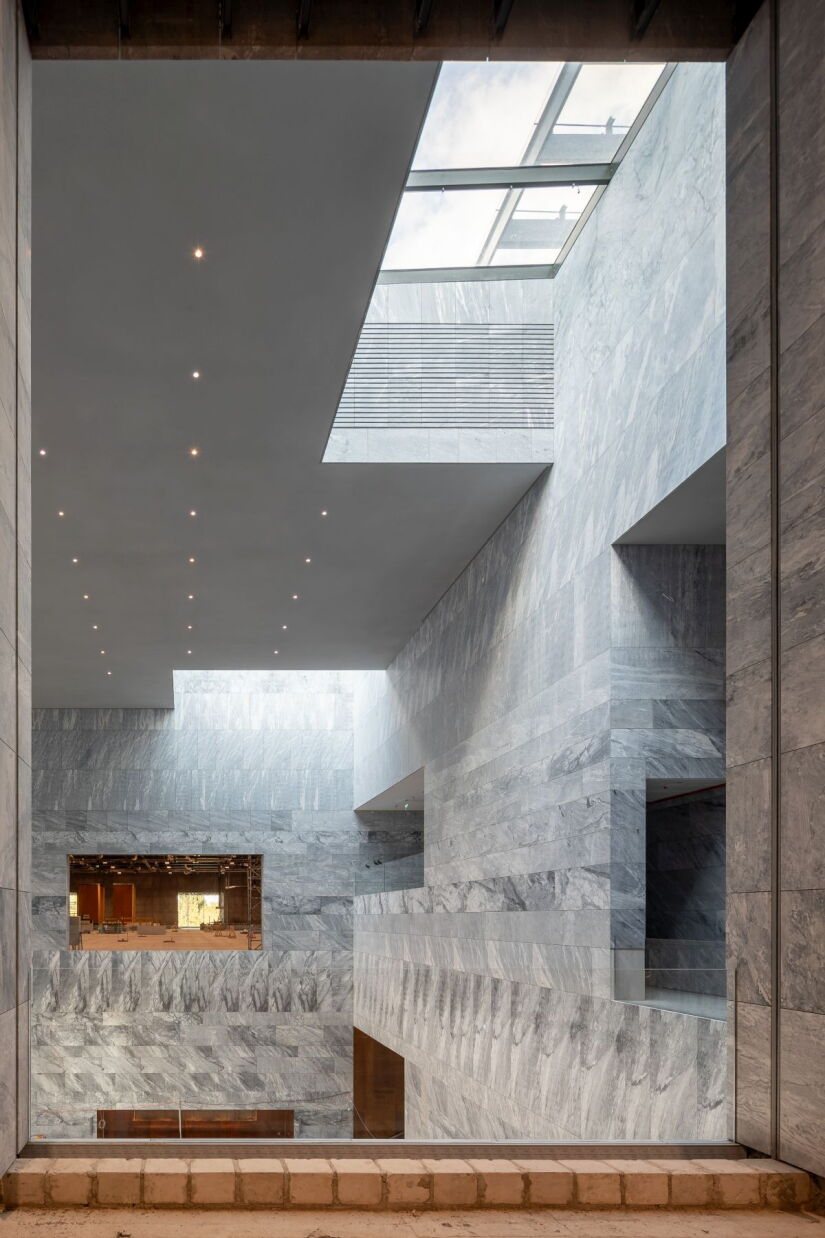
The Polish History Museum, together with the newly
opened last month Polish Army Museum as well as the X Pavilion and the Katyn
Museum already located on site of the Warsaw Citadel will become one of the
largest and most modern museum complexes in Europe. The first stage of the
works, together with the Polish History Museum and the South Building of the
Polish Army Museum, included the completion of an urban square with an
underground parking and a new entrance gate from the Wisłostrada side. There
will soon be a footbridge connecting the area of the Citadel with the Wojska
Polskiego Avenue and the district of Żoliborz. Later stages will include the
completion of the North Building of the Polish Army Museum, roofing over the
open-air exhibition, and the restoration of the historic elements of the
fortifications.
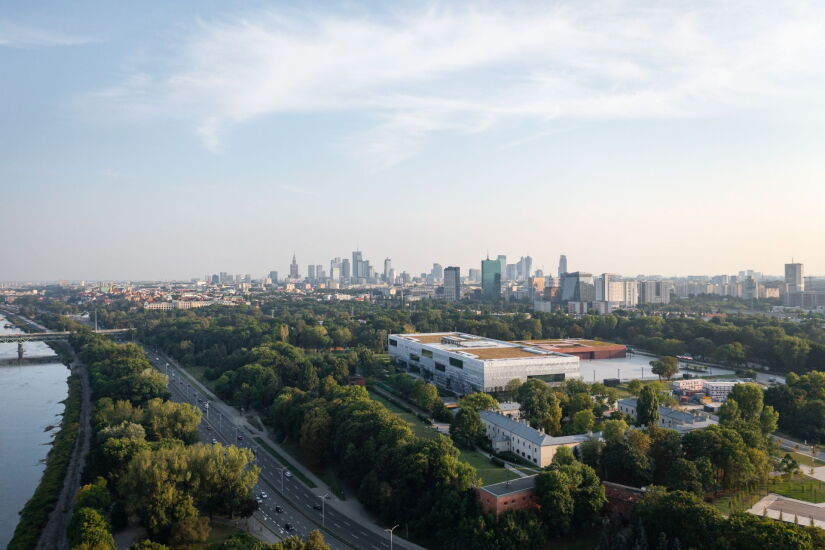
Polish History Museum Project Authors: Szczepan Wroński, Paweł Grodzicki,
Krzysztof Budzisz, Marta Sękulska-Wrońska, Katarzyna Billik, Rafał Boguszewski,
Kamil Cedzyński, Anna Dobek, Małgorzata Gilarska, Beata Głaz, Marcin Jurusik,
Michał Kasprzyk, Ludwik Kaizerbrecht, Marcin Kruk, Paulina Kucharska, Michał
Lipiec, Anna Majewska, Krzysztof Marciszewski, Adam Mierzwa, Mariusz Niemiec,
Magdalena Nowak, Magdalena Julianna Nowak, Barbara Płonczyńska, Zuzanna
Rosińska, Michał Staniszewski, Łukasz Szczepanowicz, Kajetan Szostok, Krystian
Tomczyk, Paweł Wolanin, Michał Żurek, Paweł Słupski, Michał Kalinowski
WXCA
is one of the most prestigious and
best-known Polish architectural design studios, often attaining international
recognition. The architects at WXCA are also responsible for the design of the
Polish Pavilion at World Expo 2020 in Dubai and for the museum complex at the
Warsaw Citadel housing the Polish History Museum and Polish Army Museum. The
studio was twice nominated for the prestigious EU Mies van der Rohe Award.
https://www.facebook.com/wxcawarsaw
www.instagram.com/wxca_architekci/